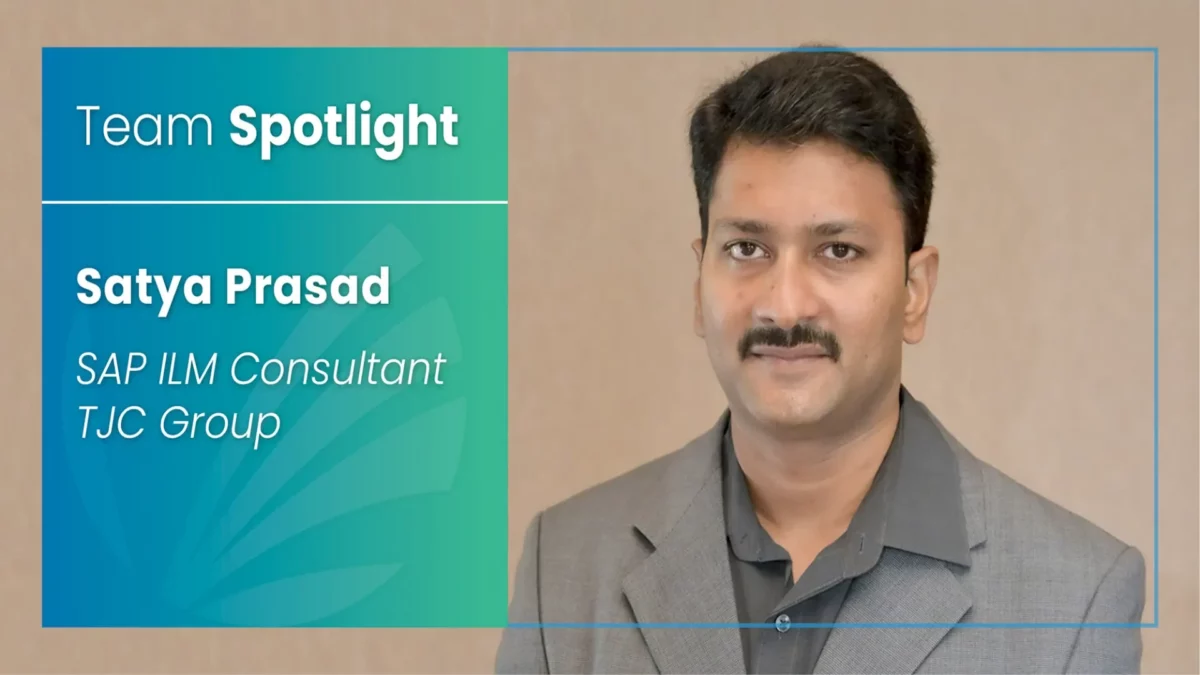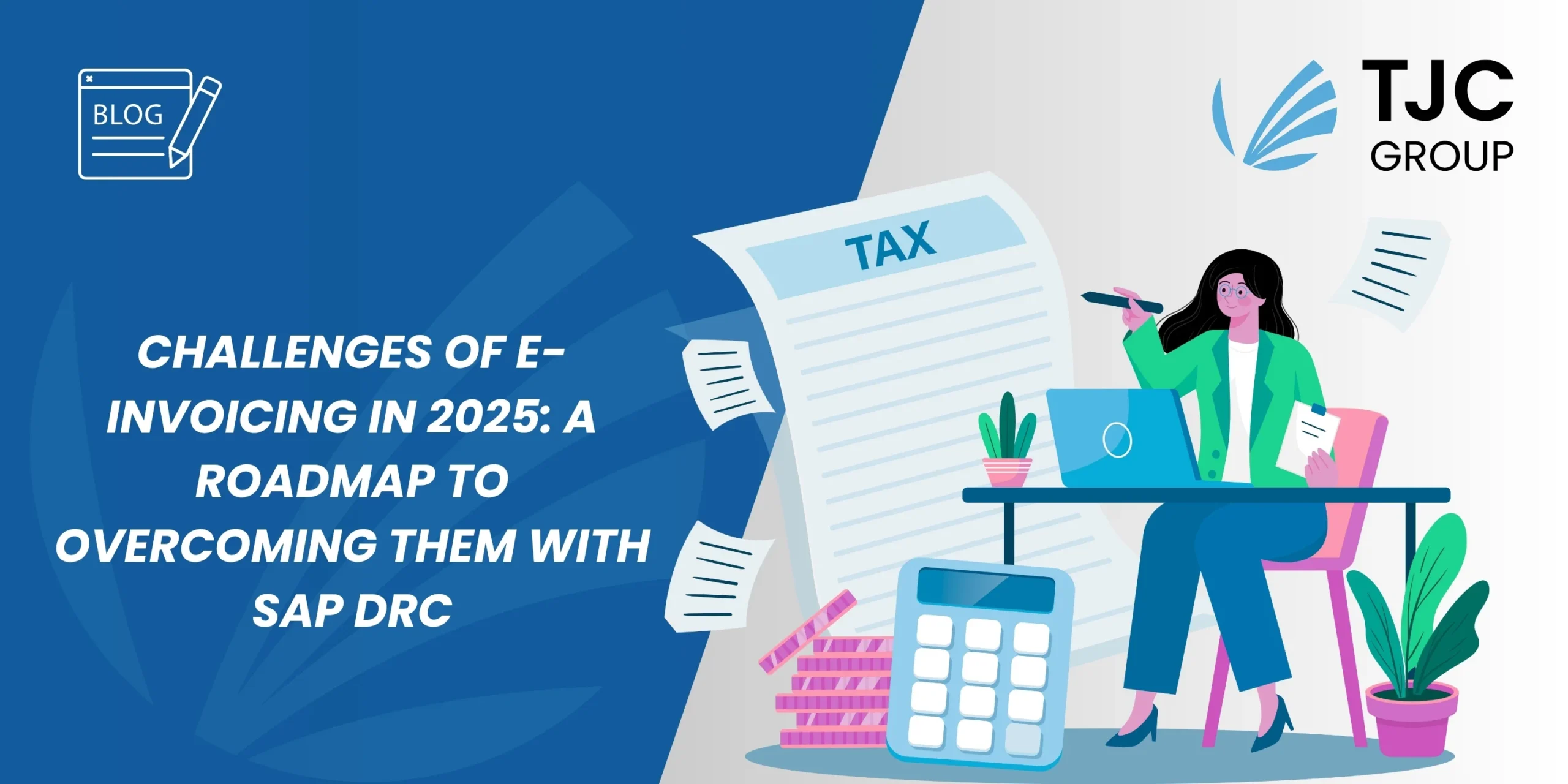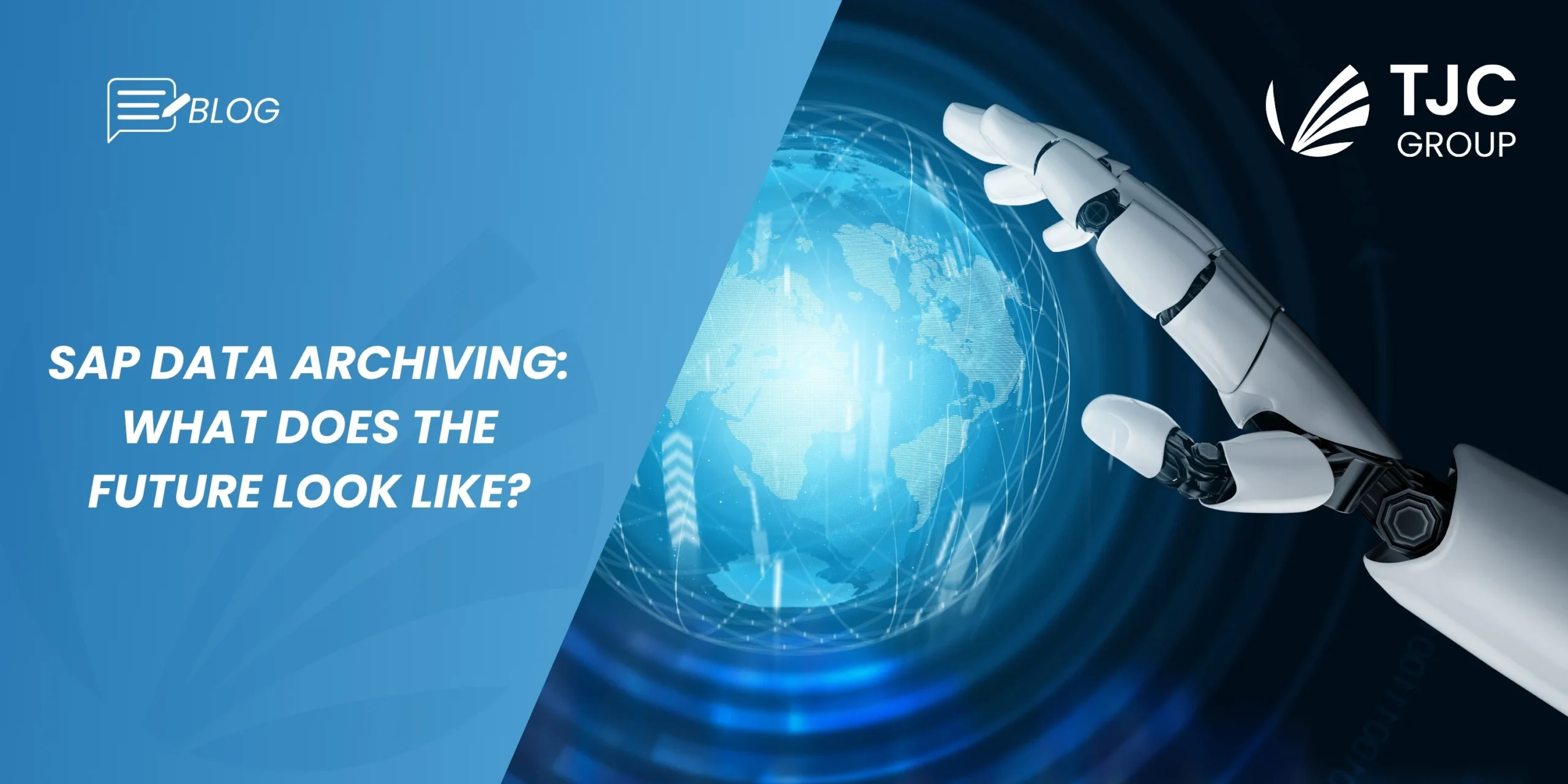Multi-talented Satya Prasad performs a variety of roles at TJC India, working as an ILM (information lifecycle management) Delivery Lead, Team Lead & Product Owner. Satya is a highly experienced data management professional and has worked in the areas of SAP DVM (data volume management), Data Archiving , Document Archiving, ILM and related 3rd party solutions product development for over twenty years.
A real team player, Satya is well known at TJC for being a fantastic mentor to his fellow team members and always willing to provide guidance & training. He has a curious mind and love of learning, always willing to share newly acquired knowledge to benefit his colleagues
What do you do at TJC Group?
I work closely with customers and internal stakeholders on SAP Data Archiving & ILM / GDPR projects. I am the Product Owner of TJC’s own data analytics solution DVA which is used for technical assessments on S/4 HANA migration, data archiving, ILM & decommissioning projects for data analysis.
At all times I strive to achieve the best possible results for clients within the scope of work and I love the thrill of solving complex technical challenges.
What is your career background? How did you first start working in SAP environment?
I graduated from Moscow state university with a degree in mechanical engineering and later completed a diploma in computer science and programming. After working as a Java programmer in my early career, Ie transitioned to SAP, working as an ABAP programmer for a clean energy company manufacturing windmills.
This first ABAP programming role gave me the insight to build a career as a SAP technology platform specialist. For me, working in this field is not just technically challenging, but also offers an opportunity to learn more about the ways international businesses operate. There’s always something new to learn about how technology can be adapted to achieve a greater ROI, or a new problem to solve, which makes each day more interesting and exciting.”
After working as a developer for a number of years, I was introduced to SAP archiving in BW and ERP. I developed a great interest in data archiving and related areas like document archiving. For me, storage and the different software solutions used for managing huge volumes of data were fascinating; there were many exciting things to learn and I also liked the fact that this was a very sought-after, niche skill with growing demand. After spending some time in a consulting role, I joined TJC Group in 2018 and my role with the company continues to evolve.
What do you like the most about TJC?
I love working at TJC because of the freedom we are always given to explore new ideas and ways of solving customer challenges.
When a company encourages its employees in this way, we get the opportunity to grow, build an inspiring work culture and feel a real sense of achievement. It’s really important to be given opportunities to grow like this.
Could you share an example of a remarkable project you’ve enjoyed working on at TJC Group?
The best solutions are always the simplest. In one of my most recent SAP ILM GDPR Projects, I devised an innovative yet very simple solution for handling the storage of Archive files with retention. This helped the customer to reduce technical complexity and avoid additional software licensing and support costs which in turn helped reduce the project budget. Our customer wasn’t even aware that such an effective solution existed until I suggested it and proved its efficacy with a proof of concept. Results like these delight our customers and build the foundations for a trusting and enduring partnership.
What do you find most interesting about working in SAP Data Management?
Data archiving, ILM and the related topics of data management are highly technical skills that take time to learn and patience to develop. The many technical and functional aspects required for these disciplines make the subject area even more interesting.
We also get to understand the business side of how data is being generated and what business processes should be properly closed off and completed to achieve the best archiving results.
SAP Data Archiving spans all SAP Modules and Systems and that’s why there’s always something new to learn. I have been doing this for over 20 years and am still learning.
What project & service management skills are you applying at TJC?
Archiving /ILM SME support during Proposal, Scope, Estimations, Planning, Design, Build, Delivery & support. Archiving Project & team management, Archiving/ILM CoE establishment. I am also coaching and mentoring junior resources.
What is your experience with SAP Products and SAP modules?
I have played key roles in Analysis, Planning, Design & implementation of SAP Data Archiving/ DVM & ILM solutions on SAP ECC, CRM, BW/BI & other products in SAP portfolio, for Global clients across various domains including Healthcare, Manufacturing & Retail.
I have also performed various roles including Associate Manager, Principal Software Engineer, Solution Architect & Senior SAP Consultant for major technology consulting and services organizations.
What experience do you have with 3rd party Solutions?
I have worked on several projects involving OpenText archiving solutions for SAP, EMC Archive solutions for SAP, T-systems Image master solutions for SAP ILM, PBS solutions for SAP ILM & archiving.
Finally, tell us a bit about your life outside of TJC. What do you like to do in your free time?
I like to travel. I love exploring new places especially when they are close to nature and I enjoy hiking and photography. I have two sons and I enjoy games of lego, chess or outdoor activities like football & basketball.
Satya Prasad is also an avid writer and publishes regularly articles in IT Media. If you are interested in SAP ILM and Data archiving, check out this article about the implications of SAP ILM published by Technative in June 2022.











